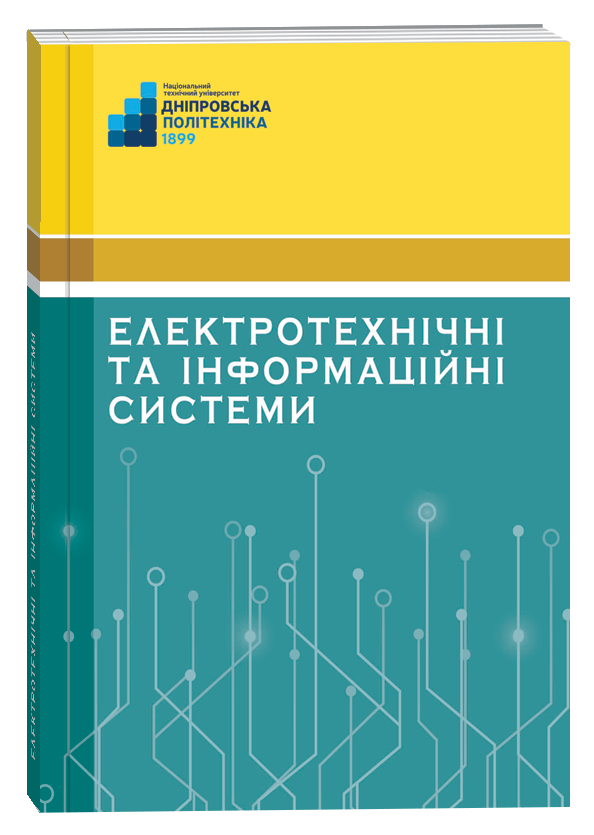THE USE OF BASIC THEORIES OF REACTIVE POWER IN ELECTRICAL CALCULATIONS OF ALTERNATING CURRENT SUPPLY OF A MINING ENTERPRISE
DOI:
https://doi.org/10.32782/EIS/2024-106-12Keywords:
reactive power, theories of reactive power, mining enterprises, flows of reactive power, operating modes of electrical equipmentAbstract
The article analyzes the scope of application of the main theories of reactive power in alternating current electrical supply. The main aspects of Frize’s and Boudean’s theories of power are presented, existing methods of analysis of power theories are divided into groups according to the theoretical approach and interpretation of physical quantities. Also, in the article, the algorithm for modeling the optimal flows of RP in the power supply system of the mining enterprise is derived based on the data of the conducted research of the section of the electrical supply of the mine management named after Heroes of the Cosmos. According to the derived algorithm, the technical parameters of the main technological equipment of the bench, their modes of operation, are determined. An analysis of the influence of RP compensation on power flows in the mine supply was carried out by calculating the values of active and reactive power at the corresponding points of the scheme. Using the analysis of the obtained results, the most optimal installation points for reactive power compensation devices were determined, taking into account the technological process of the operating object and the overall dimensions of the equipment. The purpose of the work is to form a comprehensive approach to modeling and calculating optimal RP flows, taking into account the configuration of the electrical supply of the mining enterprise and finding ways to optimize the operating modes of electrical equipment, as well as determining the most optimal connection points for RP compensation equipment, taking into account the requirements of the facility's technological process, which is being investigated. To solve the problems, an analysis of the operating modes of the main electrical equipment of the considered section of the mine field was carried out, electrical loads were calculated, and a table was created with a comparison of the results. On the basis of the calculations, an analysis of the impact of RP compensation on power flows in the investigated supply was performed, and placement of RP compensation equipment was performed. The material presented in the article poses the task of connecting the theoretical aspects of the issue of increasing the energy efficiency of the power supply systems of the mining enterprise with the modes of operation of the electrical supply that arise during the operation of the operating equipment at the facility of the mining enterprise.
References
Реактивна потужність в електричних мережах : монографія. І.В. Жежеленко та ін. ; М-во освіти і науки України, Нац. техн. у-т «Дніпровська політехніка». Дніпро : НТУ «ДП», 2020. 72 с.
Енергетична ефективність систем електропостачання : монографія. Г.Г. Півняк та ін. ; М-во освіти і науки України, Нац. техн. ун-т «Дніпровська політехніка». 2-ге вид. Дніпро : НТУ «ДП», 2018. 148 с.
Енергетична ефективність систем електропостачання гірничих підприємств з нелінійними навантаженнями : дис. ... на здобуття наукового ступеня доктора технічних наук. НТУ «Дніпровська політехніка», 2019.
Застосування індивідуальних графіків вищих гармонік в задачах електромагнітної сумісності та енергоефективності гірничих підприємств / Ю.А. Папаїка та ін. Гірнича електромеханіка. 2019. № 101. С. 3–7.
Оціночні методи визначення економічного еквіваленту реактивної потужності / Ю.А. Папаїка та ін. Гірнича електромеханіка та автоматика. 2017.





